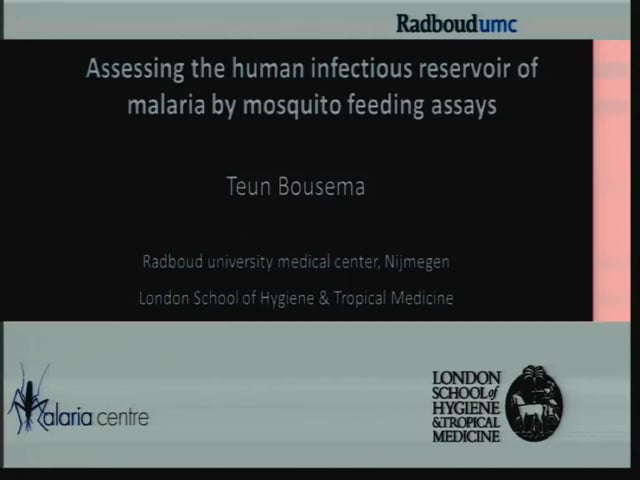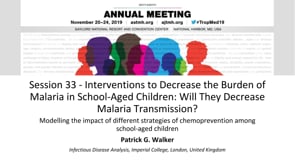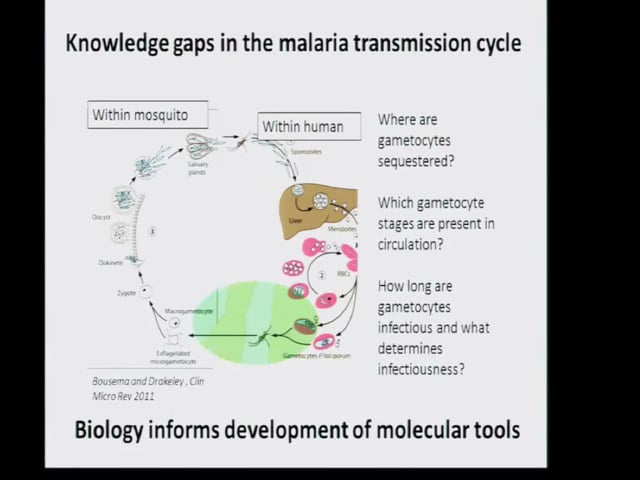ASTMH 2014, Teun Bousema: “Assessing the infectious reservoir of malaria by mosquito feeding studies in different settings in Africa”
Collaborator(s): Radboud University Medical Center (Radboudumc), The Netherlands; London School of Hygiene and Tropical Medicine (LSHTM), United Kingdom
Published: 01/11/2014
In collaboration with ASTMH, ImageAV & presenters, MESA brings you this webcast.
Title: Assessing the infectious reservoir of malaria by mosquito feeding studies in different settings in Africa
Abstract:
This talk forms part of the symposium ‘Assessing the human infectious reservoir of malaria’. Understanding who in a malaria endemic population infects mosquitoes has been identified as a critical knowledge gap hindering attempts to control and eliminate malaria through transmission reduction. The principal question is what defines a human as infectious to mosquitoes and how that basic knowledge can inform the development of new products to improve control. At the individual human level, carrying gametocytes is an obvious prerequisite; but how gametocyte densities fluctuate over time and interactions with host immunity (asexual or sexual), recent treatment or genetic background are not clear. This is further complicated by factors that influence exposure to mosquito bites such as body size, behavior related to sleeping times and use of preventive measures. Together, these components generate a probability of infectivity for an individual. At a population level, all these factors combine to define the infectious reservoir for malaria and are likely to be different depending on epidemiological settings, i.e. seasonality, endemicity, heterogeneity of infection and level of control measures in place. In the context of epidemiology and control, the primary concern is to identify and target the individuals that form this infectious reservoir. In more than 100 years of malaria research, very few attempts have been made to estimate the infectious reservoir. The estimates that do exist are methodologically very different such that it is difficult to compare studies or identify critical common components. This symposium will provide a brief review of the existing knowledge of the historical data on the human infectious reservoir together with a focus on current estimates from different settings in Africa. This will be compared and contrasted with epidemiological data describing critical components of infectivity from non-African settings, such as effective human-vector contact rates and a molecular analysis of malaria transmission stages and infected mosquitoes.
THEMES: Basic Science | Measurement of Transmission


